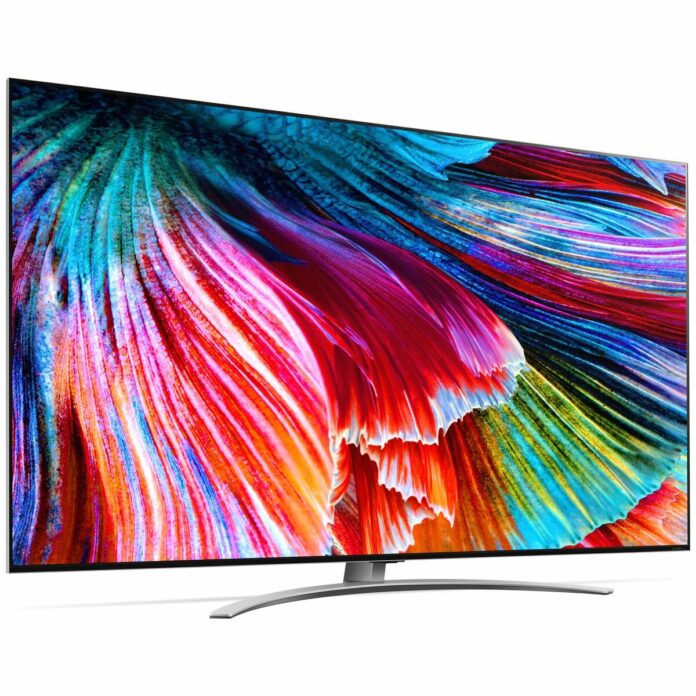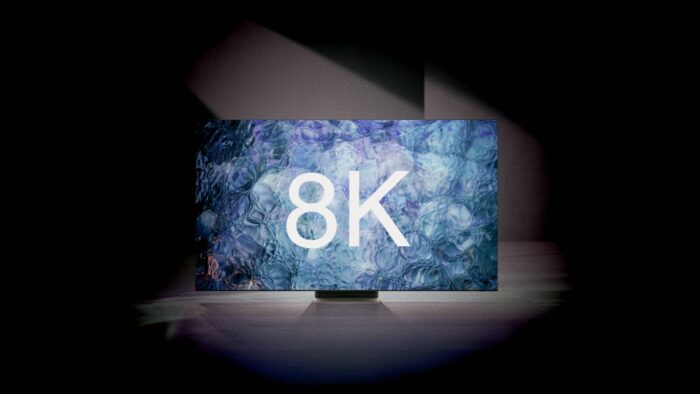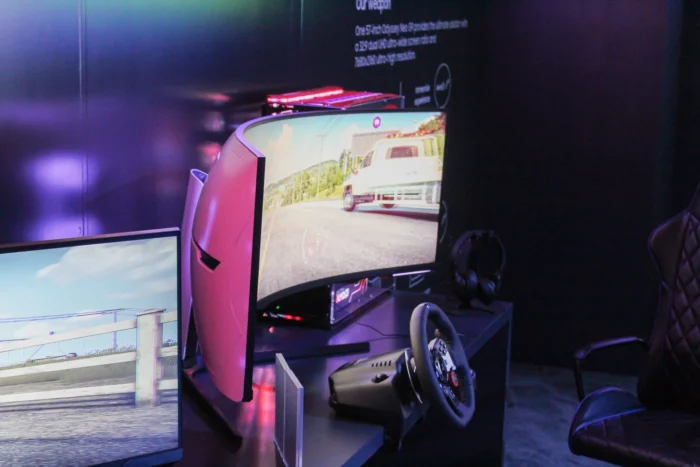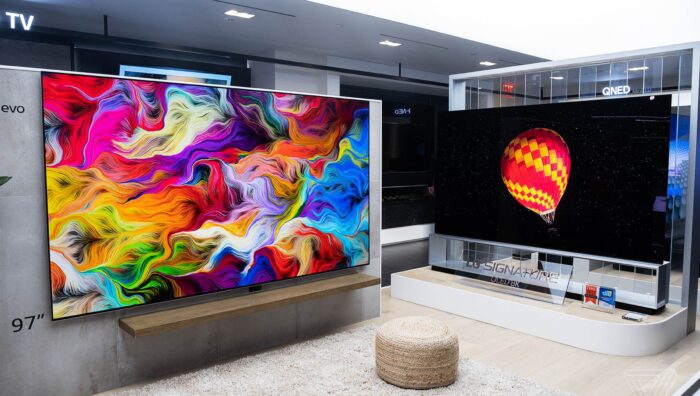
8K technology represents the next frontier in high-resolution displays, offering an unprecedented level of visual detail and clarity. It’s a significant leap from the current standard of 4K resolution, which already provides four times the detail of 1080p.
The future of technology is always an exciting topic to explore, and 8K technology is no exception. 8K refers to a resolution of 7680×4320 pixels, which is four times the resolution of 4K and 16 times the resolution of standard high-definition (HD). This technology is set to revolutionize the way we consume and create media, from film and TV to virtual reality and gaming.
The film industry is also set to benefit from 8K technology. High-resolution cameras and displays allow for more accurate and detailed capturing of scenes, which will enhance the viewing experience for audiences. This technology will also make it easier to create special effects and post-production work, allowing for greater creative freedom for filmmakers.
The medical industry is another area where 8K technology can be utilized. For example, 8K screens can be used to display detailed medical imaging, which can help doctors make more accurate diagnoses and treatment plans.
The virtual reality (VR) industry is also set to benefit from 8K technology. VR is all about creating immersive experiences, and 8K resolution can take that immersion to the next level. With 8K VR, users will feel as though they are actually inside the virtual environment, with every detail rendered in stunning clarity.
Here are some of the advancements and benefits of 8K technology:

- Higher Resolution: The most significant advancement in 8K technology is the increased resolution, which provides four times the pixel counts of 4K and 16 times the pixel count of 1080p. This increased resolution delivers sharper images and more lifelike detail, making it ideal for large displays or applications where fine details are essential.
- Larger Display Sizes: With 8K technology, it’s possible to create displays that are much larger than what’s currently available with 4K or 1080p. This is because the increased resolution allows for higher pixel density, which means that the same level of detail can be maintained even when the display size is increased.
- Enhanced Viewing Experience: The increased resolution and pixel density of 8K displays provide a more immersive and realistic viewing experience, with greater clarity, detail, and depth. It’s like looking through a window, where the image feels more real and less like a flat, two-dimensional representation.
- Future-Proofing: As more content is created in 8K, having an 8K display will ensure that you’re able to take advantage of the latest technology and enjoy the best possible viewing experience. It’s also worth noting that 8K displays are backward-compatible, meaning they can display content from lower resolutions without any loss in quality.
- More Affordable: As with any new technology, the initial cost of 8K displays was prohibitive for most consumers. However, prices have been steadily coming down, making 8K displays more accessible and affordable for a wider range of people.
- Improved Processing Power: The increased resolution of 8K displays requires more processing power, which has led to advancements in hardware and software. This includes improvements in upscaling technology, which can take lower-resolution content and make it look better on an 8K display.
- Advancements in HDR: High Dynamic Range (HDR) technology has become more prevalent in recent years, and it’s even more impressive when combined with the increased resolution of 8K displays. HDR delivers a wider range of colours and greater contrast, resulting in a more realistic and immersive viewing experience.
- Potential for 8K Streaming: Streaming services have been slow to adopt 8K content, but this is likely to change in the coming years as more people invest in 8K displays. This will allow users to stream high-quality content directly to their displays without the need for physical media.

The advancement in 8K technology has been made possible by the use of highly advanced displays and processors, which are capable of producing incredibly clear and sharp images. This technology is poised to become the new standard for high definition displays, as it provides an immersive viewing experience that is unmatched by any other technology.
One of the main advantages of 8K technology is that it allows for a much wider color gamut, which makes colors look more vibrant and true to life. This means that users can enjoy a more vivid and realistic viewing experience, whether they are watching movies, playing games or browsing the internet.
Another major benefit of 8K technology is its ability to produce images that are incredibly sharp and detailed. This is due to the fact that 8K displays have a much higher pixel density than standard high definition displays, which means that users can enjoy more detail in their images, even when viewed up close.
Despite the many benefits of 8K technology, there are still some challenges that need to be overcome before it can become a mainstream technology. One of the main challenges is the availability of content that is optimized for 8K displays.

Currently, there is a limited amount of content that is available in 8K resolution, which means that users may not be able to fully take advantage of the technology. However, this is expected to change in the coming years, as more content providers begin to produce content that is optimized for 8K displays.
In addition to the lack of content, there are also other challenges that need to be addressed in order to make 8K technology more accessible to consumers. One of these challenges is the cost of 8K displays, which can be significantly higher than standard high definition displays.
However, as the technology becomes more widely adopted, the cost of 8K displays is expected to decrease, making it more accessible to consumers. This is already starting to happen, with some manufacturers releasing more affordable 8K displays that are designed for the mass market.
In conclusion, 8K technology is set to revolutionize the way we experience visual content, providing users with a more immersive and realistic viewing experience. While there are still some challenges that need to be addressed, the future looks bright for this technology, and it is expected to become the new standard for high definition displays in the coming years.
















